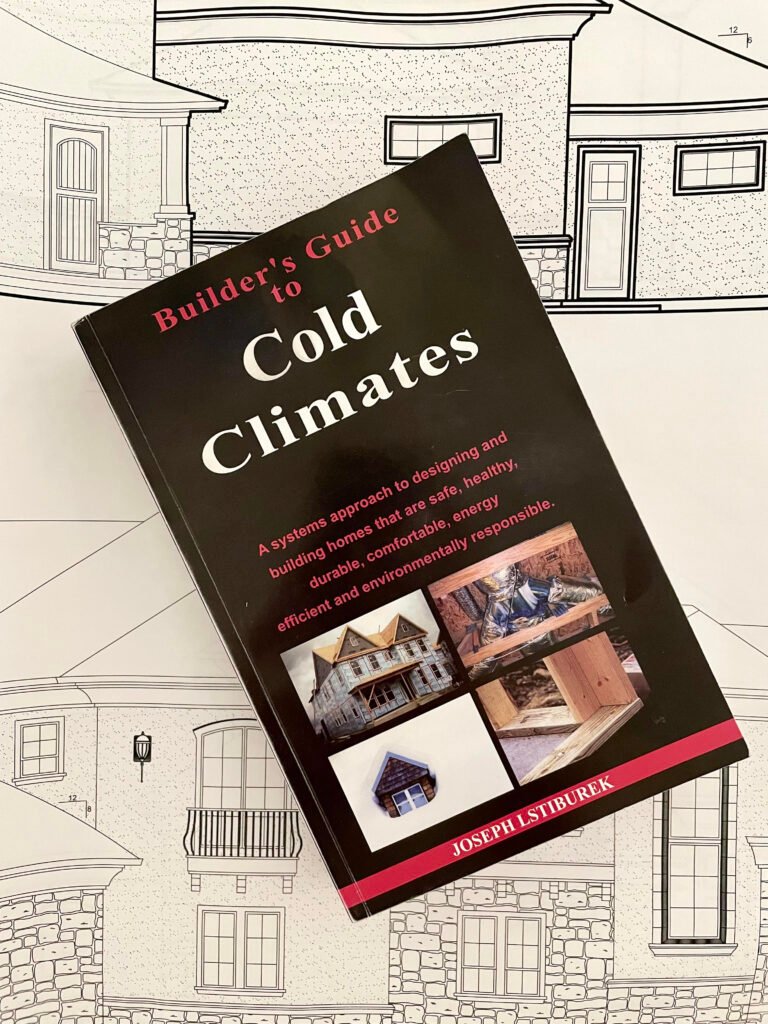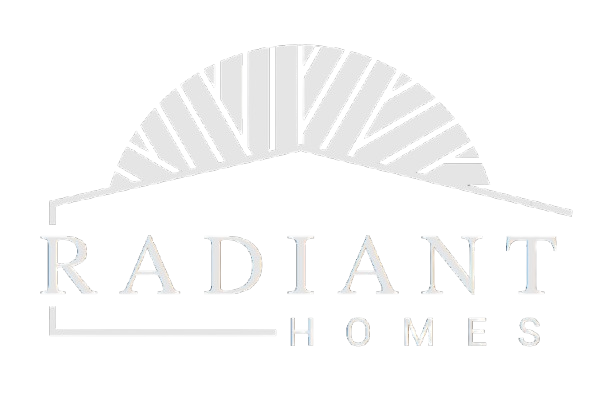Most homes are built to code—and that sounds reassuring at first. But the more experience I’ve gotten in construction, the more I’ve realized that code is just a starting point. It sets a legal minimum, not a high standard. And in many cases, your house only meets code to the extent that an inspector happens to catch something.
That realization changed the way I look at building.
Is building to code good enough?
Building code is important. It prevents catastrophic failures. It keeps houses from collapsing, catching fire too easily, or filling up with carbon monoxide. But if we’re honest, a house that just meets code isn’t a particularly great house. It’s not guaranteed to be durable. It’s not necessarily energy efficient. It may not be very comfortable, and it definitely isn’t guaranteed to stay mold-free or dry or quiet.
What really stuck with me is this: your house only meets code to the degree the inspector enforces it. Inspectors do their best with limited time, but they’re human. They miss things. Some jurisdictions do rough plumbing inspections but not air sealing. Some look closely at structural connections but ignore site drainage. A house might technically be “to code” on paper and still be missing important details that impact health, comfort, and long-term durability.
I started to notice things that didn’t sit right. My parents had persistent mold-related problems in their home. We’ve personally fought rodent infestations. I started asking: why do these problems keep happening? Shouldn’t code be preventing them? That’s part of what led me to dig deeper into what’s usually referred to as “building science”.
A Better Way to Build
Building science is the intersection of physics, materials, and human comfort. It’s not a field most people talk about, and it doesn’t have clear credentials attached to it like engineering or architecture. However, it’s incredibly important, and it’s where real quality comes from in modern construction. Experts like Dr. Joseph Lstiburek and others have been talking about this for decades: if we pay closer attention to details involved with air control, vapor control, thermal control, and water management, we can make buildings that last longer and perform better.

One of the books that sparked my deep dive into building science, Lstiburek’s Builder’s Guide series clearly lays out the core principles of building science and how to apply them in different climates.
So I’ve started learning everything I can about how buildings actually work: how moisture moves through assemblies, how air leaks affect comfort and durability, how materials interact, and how small decisions at the framing stage can echo for decades.
I’m not interested in adding unnecessary complexity or selling upgrades just for the sake of it. I just believe that we can do better—by paying attention to the things that matter. By going a little further than the minimum. And by building homes that are healthier, tighter, more comfortable, and made to last.
Click here to get started building better with Radiant Homes.
